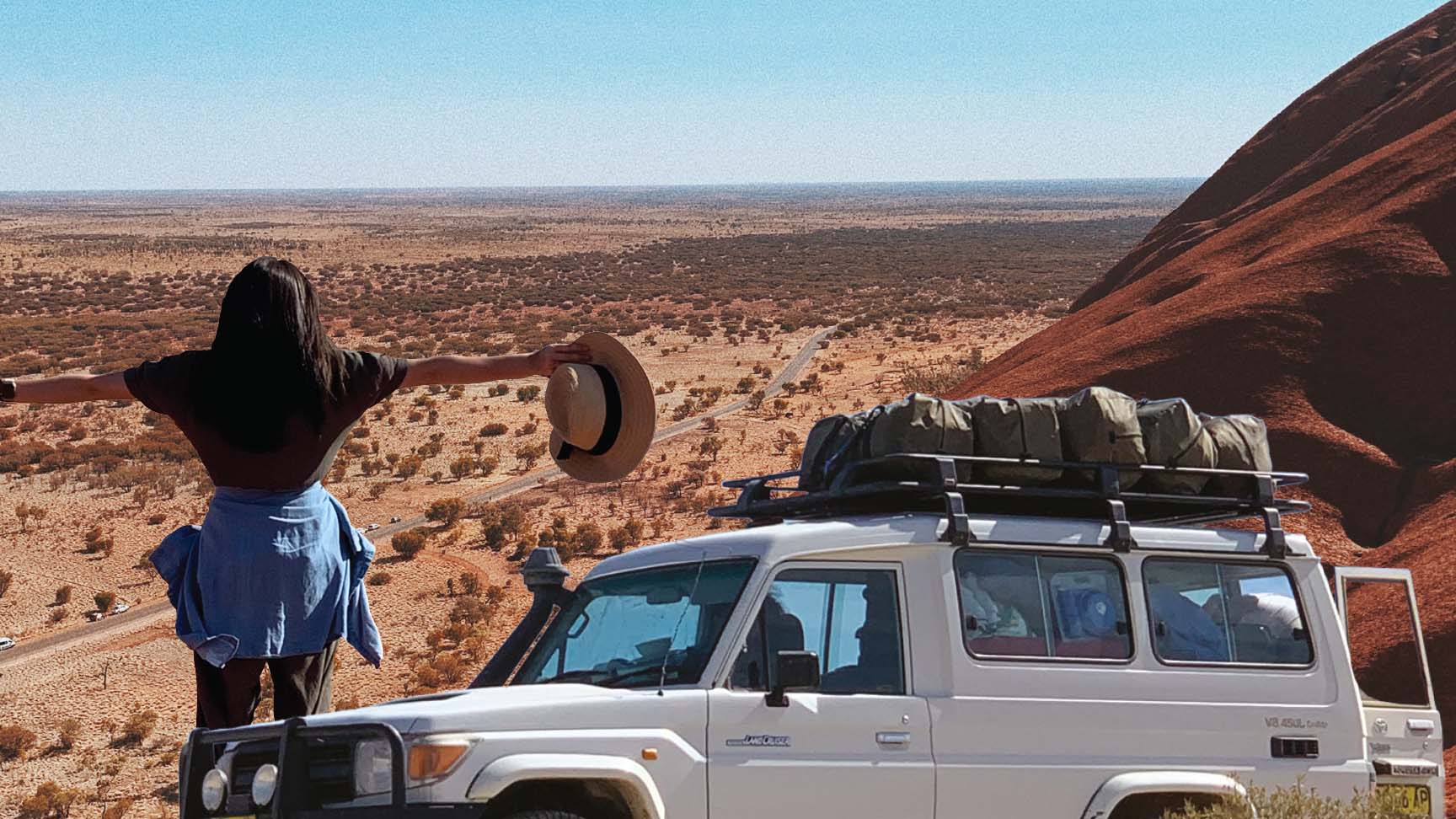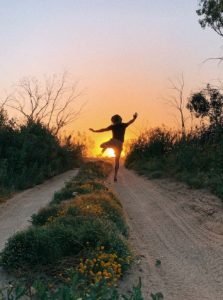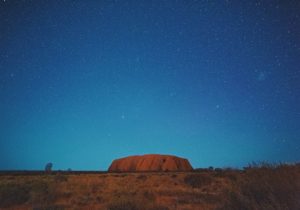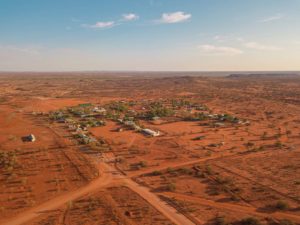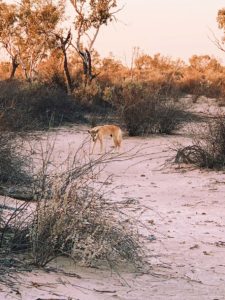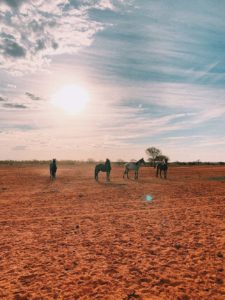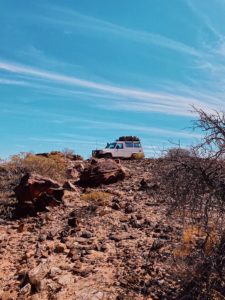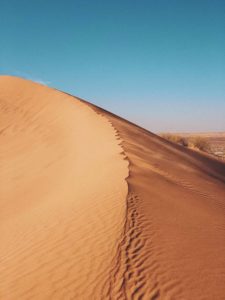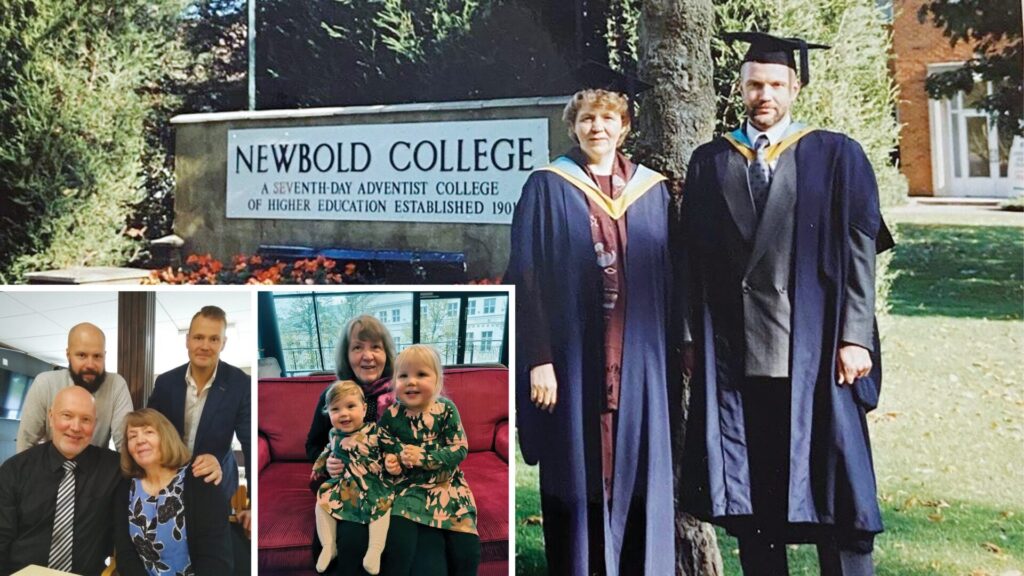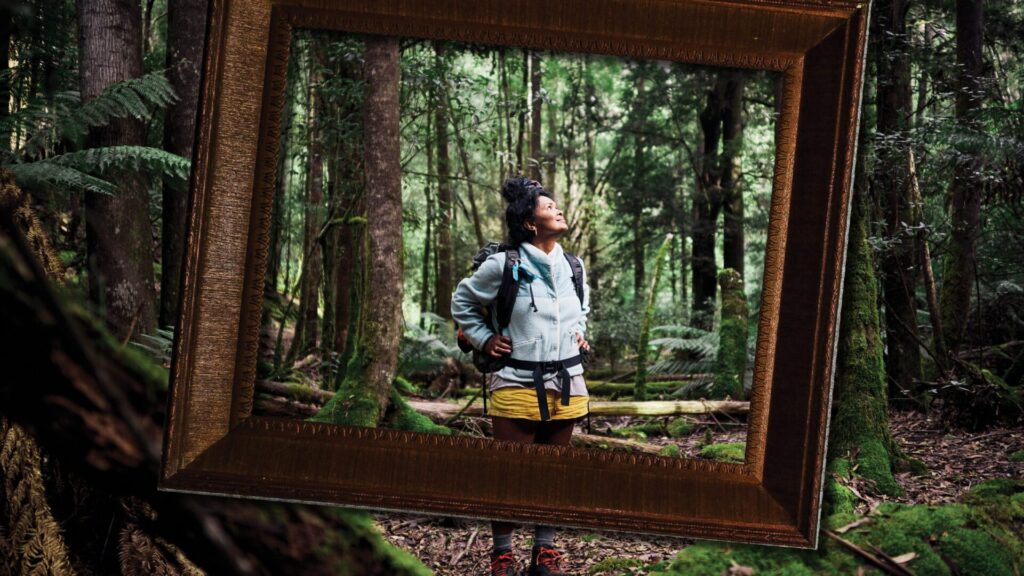The sun was setting, meaning we were only two nights’ sleep away from home. After 15 days surrounded by red dirt and dull vegetation, I was happy to see the first glimpse of green in a small oasis-like wetland near the end of the desert. I had just experienced the most unexpected and challenging trip I’d ever been on. It felt like the longest as well but it was finally coming to an end.
The beginning of the journey and the first struggle
The 4WDs were loaded. Full. Not even a tiny space left. Our convoy of four was fully stocked with water, diesel, food and other essential supplies to survive a round trip from Newcastle (NSW) to Finke (NT). Almost 3000 kilometres between the two locations and a route back home crossing the Simpson Desert.
When the first sunset approached, we stopped near a lake and set up camp for the night. After successfully contributing some wood for the fire, I had to learn how to set up my swag. The most challenging part would come a bit later.
Many Australians might find sleeping in a swag somewhat mundane, but for me—a Brazilian whose very few camping experiences as a child would be better described as “glamping”—the swag was a very claustrophobic experience.
I felt trapped, suffocated. I tried using my phone to distract myself and maybe fall asleep while reading something, but it didn’t work. I whispered to my husband, who was in the next swag—he was already sleeping. I felt the urge to get out but didn’t have the courage. What if there is a snake or a dingo, I thought. In the midst of my struggle, I prayed and had the idea to open a small portion of the outer flap just so I could peek outside while keeping the screen closed to prevent anything from coming in.
Finally, I could breathe. I smelled the fresh cold air and saw the starry sky—the most beautiful sky I had ever seen. At that moment, laying in my swag in the middle of nowhere, I contemplated God’s greatness in the night sky and all my worries faded away. I fell asleep knowing that other struggles would come along the journey, but He would be right there with me through all of them.
As we continued the trip, the scenery had a drastic change. What once was green now was replaced by red. The road surface that was paved and smooth now was plain dirt and rocks. The air was getting drier by the minute.
After driving for three days, we arrived in Finke, an Indigenous community in the heart of Australia. Our group of 17 people spent six days in that community where the volunteers helped to renovate the Adventist church building during the day—the only church in that community—and conducted an evangelistic series during the evenings.
My husband and I had the job of documenting the trip. Being in the position of observers—filming, interviewing and taking photos—we were able to see the great impact the group had on that community.
My desert, your desert, our desert
Most people don’t think of the desert as an ideal holiday place. Although our expedition wasn’t a leisure trip, we did take the opportunity to travel around the Outback and saw many unexpected sights.
It was incredible seeing that in such a rough environment, life persisted. I saw emus running alongside our convoy from a distance. Wild horses (brumbies), red kangaroos, goats, camels, dingoes, a donkey and countless colourful birds; beautiful animals that testified of God’s care.
While it was a unique experience, if I’m being honest, I wouldn’t choose to spend 16 days in such an extreme environment. However, from a biblical perspective, time in the desert, as tough as it is, can bear fruits.
Jesus went into the desert for more than a month before starting His public ministry (Mark 1:12,13; Luke 4:1,2; Matthew 4:1,2). John the Baptist spent most of his life preaching in the wilderness (desert) of Judea (Matthew 3:1-6; Luke 1:70; 3:1-6; Mark 1:1-6). Elijah experienced the desert more than once (1 Kings 17:3; 19:3,4). The apostle Paul disappeared into the desert in Arabia for a certain period after his conversion (Galatians 1:17,18), where he sought God with all his heart and emerged prepared to preach the gospel.
Let’s not forget the Israelites. God kept His own people wandering in the wilderness for a generation in order to build their character and teach them valuable lessons before entering the promised land (Deuteronomy 8:2,3).
The way home
After our mission in Finke was completed, we started our journey back. Even though we had the hope that we would get there soon, the way home was even more challenging. After visiting a couple of tourist sites such as Uluru and stopping for Sabbath in Alice Springs (NT), we spent three days in the Simpson Desert. During that period, we camped overnight and drove as much as possible during the day, crossing over 400 dunes. It was a turbulent trip, to say the least, but on a Friday afternoon, we made it home. Just in time for the Sabbath.
It wasn’t 40 years wandering in the wilderness or even 40 days and 40 nights fasting in the desert, but that adventure taught me countless lessons.
As soon as I got home, I was just thankful for the simple things such as having a comfortable bed, a shower, a roof over my head. As my excitement with being back to civilisation settled down, however, I started seeing our life on this planet as our time in the wilderness. There are struggles and death all around us. Sometimes it’s hard to breathe and find the strength to keep going, but God promises that all this suffering will soon be over. While we wait, He can be our little oasis in the desert of life and in just a few more sleeps, we will be home.

